This article was co-authored by Zora Degrandpre, ND. Dr. Zora Degrandpre is a Natural Health Doctor and Licensed Naturopathic Physician in Vancouver, Washington. She is a grant reviewer for the National Institutes of Health and the National Center for Complementary and Alternative Medicine. She received her ND from the National College of Natural Medicine in 2007.
There are 13 references cited in this article, which can be found at the bottom of the page.
This article has been viewed 59,534 times.
Recent research indicates that onions contain quercetin, a bioflavonoid that has been used to treat and protect against cataracts, heart disease, and cancer.[1] Other research indicates that onions have anti-inflammatory, anti-fungal, antibacterial, and antiviral properties, as well as being useful in upper respiratory infections. For congestion of various types and for upper respiratory infections, one of the easiest ways to use onions to help speed recovery is to use a poultice made from onions.
Steps
Making an Onion Poultice
-
1Purchase 2 medium-sized onions. Red onions typically contain the most quercetin. However, all onions have some of the antioxidant and have demonstrated expectorant properties for those with congestion. Therefore, 2 red onions may be preferable, but any 2 medium-sized onions will do.
- Onions are known to contain quercetin (an antioxidant) and phytochemicals, both of which may help the body by breaking up the mucus in the chest and head.[2]
-
2Chop the onions. You should peel, cut, and finely chop both onions.[3] Chop them into small pieces that are only about 1⁄4 inch (0.64 cm) thick.Advertisement
-
3Bring water in a saucepan to a low boil. Don’t add much water to the saucepan. Enough water to cover the bottom of the pan will do.[4] Bring the water to a low boil and then reduce to low heat.
-
4Steam the onions. Use a sieve, colander, or a double boiler and add the finely chopped onion to steam it.[5] Stir the onion pieces and steam them for several minutes until they just begin to get soft before removing them.
-
5Cool the onions. Cool and drain the onions in a colander or sieve. Spread the onions out in the middle of a clean cotton towel or sackcloth after they’ve drained. You don’t want to have the onion juice leaking out from the towel or sackcloth, but the towel or sackcloth will be damp with onion juice.[8]
-
6Fold the towel closed. Fold the towel so that none of the onions can leak out.[9] You can take the 4 corners of the towel, gather them up, and tie it off with a string or a rubber band.
Using an Onion Poultice
-
1Protect sensitive skin from the onion juice. If you are using an onion poultice on a small child, rub some coconut oil on the child’s skin. Rub the coconut oil where you are going to apply the poultice to ensure that the oils from the onion do not irritate the child’s skin.
- After removing the poultice, wash the area with soapy water.
- You can combat the smell of the onion by putting some lemon juice on the spot where the poultice was.
-
2Place the poultice on your chest. Once the poultice has cooled enough, place it directly on your chest to assist with congestion due to a cold or upper respiratory infection.[10] The onion poultice often quickly induces a productive cough. A cough is your body’s method of getting rid of the congestion.[11] Allow yourself to cough up as much phlegm as you can.
- Leave the poultice on for 20 to 30 minutes.
-
3Place the poultice on your forehead for sinus congestion. If you also have sinus congestion or a headache due to sinus pressure, you can place the poultice on your forehead to help act as a sinus decongestant. Ensure that the towel is cool enough to be comfortable and leave the poultice in place for 20 to 30 minutes.
-
4Place it on your ear to treat an earache due to sinus pressure. Turn your head so that the painful ear faces upward. Gently place the onion poultice over your ear. You do not need to press or apply pressure. Simply set the poultice over your ear. Ensure that the poultice has cooled enough to be comfortable.
- Rest the poultice on your ear for 15 to 20 minutes.
- If you’re making the poultice specifically for the purpose of treating your earache, then you only need to finely chop 1 onion instead of 2.
-
5Place it on the glands around your throat to treat a sore throat. If the glands around your throat or neck are swollen due to a throat infection, use an onion poultice over your neck and throat. Take the poultice and gently place it on your swollen neck glands. Make certain that it is cool enough to be comfortable.[12]
- Leave the poultice on for 20 to 30 minutes.
-
6Reheat the poultice if it cools. If you want to use the poultice over several spots due to severe congestion, you can gently reheat it over steam or in the microwave. As always, make sure it has cooled before placing the poultice on your skin. Apply it as often as desired.[13]
-
7Make a new poultice each day. Fresh onions (and fresh ginger if you include it) are the best to use. Chop and steam fresh ingredients to make a new poultice every day instead of reheating the day-old poultice.[14]
When to Seek Medical Treatment
-
1See your doctor for a severe or persistent cough. An onion poultice may help relieve minor upper respiratory congestion, like you might get with a cold or hay fever. However, if you have severe chest congestion or a cough that doesn’t go away after about 3 weeks on its own or with home remedies, call your doctor.[15] Call right away if:
- You are coughing up yellow, green, or brown phlegm.
- You experience wheezing or shortness of breath.
- You have a cough with a fever over 100 °F (38 °C).
- Seek emergency care if you cough up phlegm that is bloody or pink or if you have difficulty breathing or swallowing.
-
2Go to the doctor for nasal congestion with other severe symptoms. If your stuffy nose doesn’t clear up in about 10 days even with home treatment, it’s time to see your doctor. You should also get medical attention if you experience other symptoms along with your nasal congestion, such as:[16]
- A fever of 102 °F (39 °C) or higher.
- Yellow, green, or bloody nasal discharge, especially if it’s accompanied by sinus pain or pressure and a fever.
- Bloody or clear nasal discharge after a head injury.
-
3Seek medical help for an earache that’s severe or lasts more than 3 days. While a little pain or stuffiness in the ears is common with colds or sinus infections, more severe or persistent pain may signal an ear infection. Contact your doctor if you or your child experience ear pain that lasts longer than 3 days, especially if it’s accompanied by:[17]
- A fever or chills
- Swelling around the affected ear(s)
- Fluid leaking out of the ear(s)
- Hearing loss or changes
- Severe throat pain
- Vomiting
References
- ↑ Galeone, C., Pelucchi, C., Levi, F., Negri, E., Franceschi, S., Talamini, R., & ... La Vecchia, C. (2006). Onion and garlic use and human cancer. The American Journal Of Clinical Nutrition, 84(5), 1027-1032.
- ↑ A. Cavender, Folk medical uses of plant foods in southern Appalachia, United States, Journal of Ethnopharmacology, Volume 108, Issue 1, 3 November 2006, Pages 74-84.
- ↑ https://www.planetherbs.com/michaels-blog/onion-poultice-for-deep-seated-coughs.html
- ↑ https://www.planetherbs.com/michaels-blog/onion-poultice-for-deep-seated-coughs.html
- ↑ https://www.planetherbs.com/michaels-blog/onion-poultice-for-deep-seated-coughs.html
- ↑ http://www.ncbi.nlm.nih.gov/pubmed/23123794
- ↑ Herbal approaches to pathological states, Principles and Practice of Phytotherapy (Second Edition), 2013, Pages 140-182.
- ↑ Herbal approaches to pathological states, Principles and Practice of Phytotherapy (Second Edition), 2013, Pages 140-182.
- ↑ Herbal approaches to pathological states, Principles and Practice of Phytotherapy (Second Edition), 2013, Pages 140-182.
- ↑ Felter, HW. The Eclectic Materia Medica, Pharmacology and Therapeutics, Allium cepa. John K. Scudder, Cincinnati, Ohio, 1922.
- ↑ http://www.ncbi.nlm.nih.gov/books/NBK359/
- ↑ http://www.edgarcayce.org/are/holistic_health/data/prbron3.html
- ↑ https://www.thehealthyhomeeconomist.com/make-and-use-onion-poultice-for-congestion/
- ↑ https://www.thehealthyhomeeconomist.com/make-and-use-onion-poultice-for-congestion/
- ↑ https://www.mayoclinic.org/symptoms/cough/basics/when-to-see-doctor/sym-20050846
- ↑ https://www.mayoclinic.org/symptoms/nasal-congestion/basics/when-to-see-doctor/sym-20050644
- ↑ https://www.nhs.uk/conditions/earache/
- ↑ Poulsson's Text-book of Pharmacology and Therapeutics (Second Edition), 2013, Pages 4-274.
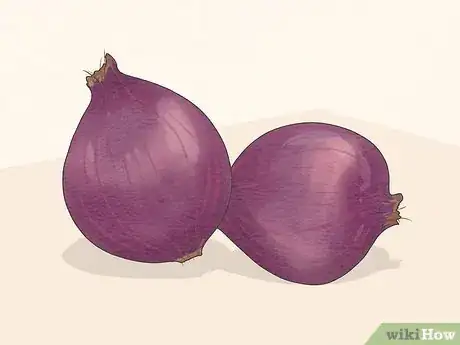
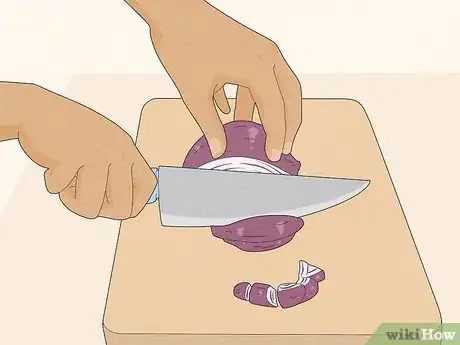
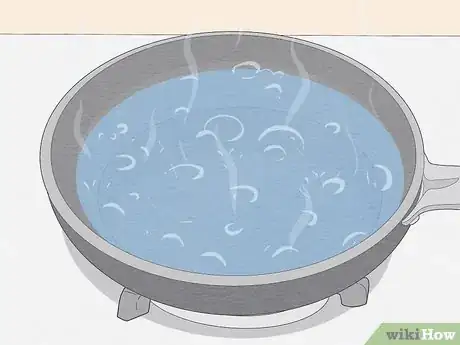



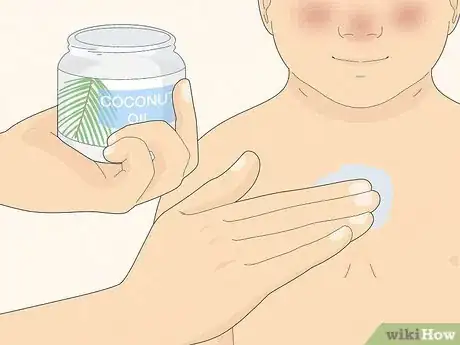



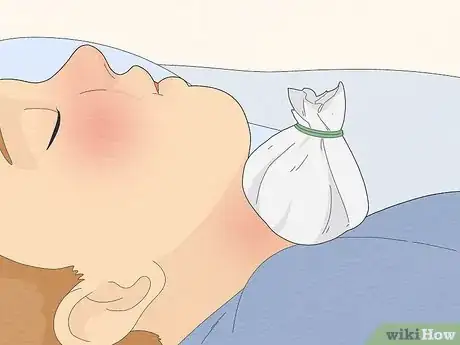













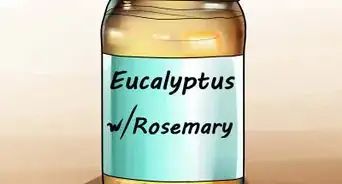
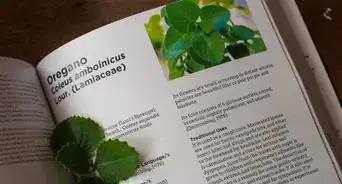



















































Medical Disclaimer
The content of this article is not intended to be a substitute for professional medical advice, examination, diagnosis, or treatment. You should always contact your doctor or other qualified healthcare professional before starting, changing, or stopping any kind of health treatment.
Read More...